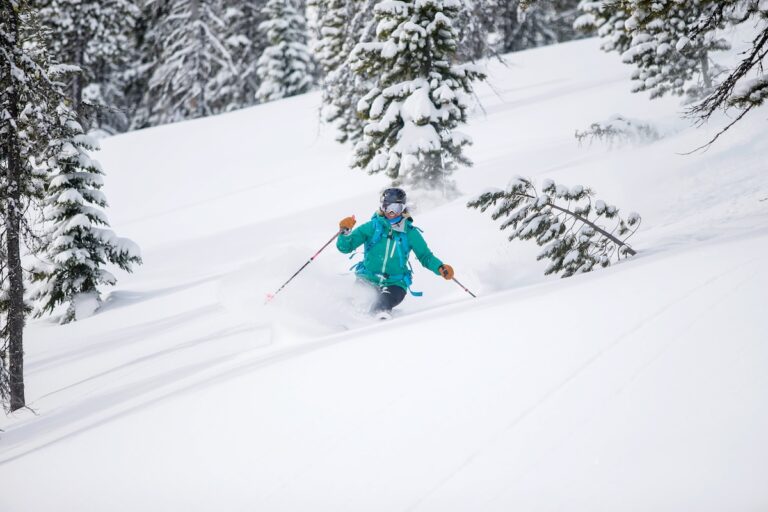The snow is off the roof. Hopefully we are done scraping our windshields. But we can look out and still see snow in the high peaks around us. The presence of snow on these peaks and the surrounding region can predict many aspects of our drier seasons going into spring and summer.
The amount of snowpack (snow stored in the mountain and high elevations) and the time it takes to melt are factors that influence our fire season, salmon and trout survival, drinking water, and streamside tree seedling survival. In recent years, due to changes in our climate, snowpack has been more variable and melted sooner, and more of our winter precipitation has fallen as rain (think this past January).
Cottonwood and willow trees rely on the timing of spring snow melt for the propagation of their seedlings. These trees have adapted the timing of releasing tens of thousands of tiny airborne seeds to land on mud flats recently exposed by receding floodwaters. This seasonal flooding clears land of competing vegetation, allowing more access to sunlight, deposited soil, and nutrients from upland environments. The seeds germinate on the moist ground and their roots follow the deepening groundwater. These trees create crucial shelter for deer and elk during winter and nesting sites for many bird species; they also help to stabilize riverbanks from erosion.
The amount of water and the temperature of the water running through our streams and rivers have a direct impact on the survival of our native fish populations. When water temperature gets too high, fish like salmon and trout are more susceptible to disease or injury.
The Spokane Riverkeeper, Jerry White, is constantly looking at how our mountain snowpack affects the health of our rivers. He explains, “The ecological health of our Spokane River depends on a deep snow pack in Idaho, giving the river lots of water into early summer.” He notes the native Redband Trout that spawn near the edges of the river. If water levels drop too much before June 15, a lot of native trout will be stranded. He adds, “Our river and the life in it have evolved over time to an abundance of cold, clean water running from the snowpack into our river into July.”
The slow melt of our mountain snow pack also affects our regional water supply. We have a relatively shallow and permeable water table from where we draw our drinking water, the Rathdrum Prairie Aquifer. Slow melting snow is able to filter into the aquifer that can recharge the Spokane River later in the season. This aquifer recharge will add cool, clean water to the rivers in the region. If the snow melts too quickly, that water will move through our river systems more quickly.
In other parts of Washington and the West, that slow melting of the snowpack allows reservoirs, which are crucial to drinking water in big cities and irrigation of cropland, to fill over a longer time and into the drier parts of the season.
Recent studies have shown a relationship between low snowpack years with early melting to more severe and earlier fire seasons. The majority of our precipitation falls during the winter months and gets stored as snow to be released slowly in the late spring and early summer. This slow release increases soil moisture going into the warmer, drier season. This allows plants to stay greener longer even with a lack of summer precipitation. Dead and downed wood will absorb moisture from the soils. All this helps to prevent the forest from drying out during the hottest months.













